How to Clean Sintered-Stone Tabletops Without Etching: The Complete Care Guide
Table Of Contents
- Understanding Sintered Stone: What Makes It Special
- Daily Cleaning and Maintenance
- Avoiding Etching: Products and Substances to Avoid
- Removing Different Types of Stains
- Deep Cleaning Techniques
- Protecting Your Sintered Stone Surface
- DIY Cleaners Safe for Sintered Stone
- Long-Term Care and Maintenance Tips
- Frequently Asked Questions
You've invested in a stunning sintered-stone tabletop that's not only beautiful but also known for its exceptional durability and resistance to stains. However, even the most resilient materials require proper care to maintain their appearance and longevity. The good news is that sintered stone is one of the easiest premium surfaces to maintain—when you know the right techniques.
Unlike natural stone surfaces that are prone to etching when exposed to acidic substances, sintered stone offers superior protection. But that doesn't mean it's completely maintenance-free. Using inappropriate cleaning products or methods could still potentially damage your table's appearance over time.
This comprehensive guide will walk you through everything you need to know about keeping your sintered-stone tabletop in pristine condition—from daily cleaning routines to handling stubborn stains, all while avoiding potential etching or damage. Whether you've just purchased a gorgeous sintered stone table or you're looking to better care for your existing piece, these expert tips will help ensure your investment remains beautiful for years to come.
Complete Care Guide for Sintered-Stone Tables
Keep your premium surface looking pristine for years to come
What Makes Sintered Stone Special
- Non-porous surface - No sealing required
- Scratch resistant - Harder than most natural stone
- Heat resistant - Withstands hot items
- UV stable - Colors won't fade in sunlight
- Chemical resistant - Handles most household products
Daily Cleaning Routine
Quick wipe: Soft microfiber cloth with warm water
For spills: Blot immediately, then clean with mild soap solution
Safe products:
Avoid These Products & Substances
Products to Avoid
- Highly acidic cleaners
- Strong alkaline solutions
- Abrasive powders/creams
- Steel wool/scouring pads
- Harsh chemical solvents
Minimize Extended Contact
- Wine, coffee & colorful spices
- Oven/drain cleaners
- Oil-based substances
- Permanent markers/inks
Stain Removal Guide
Food & Beverage
Baking soda paste (10-15 min) then wipe clean
Oil & Grease
Mild dish soap directly on stain, work gently, rinse thoroughly
Ink & Dye
Stone-safe commercial cleaner following product instructions
Preventative Measures
Use Protective Items
Coasters, placemats, and trivets add an extra layer of protection
Lift, Don't Slide
Always lift objects rather than sliding them across the surface
Felt Pads
Use under permanent decorative objects to prevent micro-scratches
Monthly Deep Clean Process
Clear table completely
Dust with soft cloth
Apply mild soap solution
Wipe with clean water
Dry completely
DIY Cleaners Safe for Sintered Stone
Basic Soap Solution
Warm water + few drops of mild dish soap
Baking Soda Paste
Baking soda + water for stubborn stains
Hydrogen Peroxide Mix
Equal parts 3% hydrogen peroxide + water
Visit Loft Home Furniture to explore our premium sintered stone tables collection
Understanding Sintered Stone: What Makes It Special
Before diving into cleaning methods, it's important to understand what makes sintered stone unique. Sintered stone (sometimes called ultra-compact surfaces) is manufactured through a process that mimics the natural formation of stone but accelerated into hours rather than thousands of years. Minerals and pigments are compressed under extreme heat and pressure, resulting in a non-porous, ultra-durable material.
This manufacturing process gives sintered stone several advantageous properties:
- Non-porous surface: Unlike natural stone, sintered stone doesn't need sealing because liquids cannot penetrate the surface
- High resistance to scratches and abrasion: The surface hardness rivals or exceeds that of granite
- Heat resistance: Can withstand high temperatures without damage
- UV stability: Colors won't fade even when exposed to direct sunlight
- Chemical resistance: Most household chemicals won't damage the surface
These properties make sintered stone an excellent choice for tabletops in dining rooms and living spaces. However, understanding its unique properties is key to proper maintenance.
Daily Cleaning and Maintenance
One of the greatest advantages of sintered stone is how simple daily cleaning can be. For routine maintenance, follow these straightforward steps:
Quick Daily Wipe Down
For day-to-day cleaning, simply use a soft cloth or microfiber towel slightly dampened with warm water. Wipe the surface gently to remove dust, crumbs, and light spills. This alone is often sufficient for maintaining your table's appearance between more thorough cleanings.
Dealing with Food and Beverage Spills
While sintered stone is highly stain-resistant, it's still best to clean spills promptly. For most food and beverage spills, blot (don't rub) the liquid with an absorbent cloth, then clean the area with a damp microfiber cloth. For sticky residues, add a few drops of mild dish soap to warm water, wipe the surface, and then rinse by wiping with a cloth dampened with clean water.
Recommended Cleaning Products
When water alone isn't sufficient, you can safely use:
• pH-neutral cleaners specifically formulated for stone surfaces
• Mild dish soap diluted in warm water
• Non-abrasive multi-surface cleaners
Always test any new cleaning product on an inconspicuous area first, even if it's labeled as safe for stone surfaces.
Avoiding Etching: Products and Substances to Avoid
While sintered stone is remarkably resistant to etching compared to natural stone surfaces like marble, it's still wise to avoid certain substances and cleaning methods that could potentially affect the surface over time.
Cleaning Products to Avoid
Stay away from:
• Highly acidic cleaners (like vinegar-based solutions or citrus cleaners)
• Highly alkaline cleaners (strong bleach solutions)
• Abrasive cleaning powders or creams
• Steel wool or abrasive scouring pads
• Harsh chemical solvents like acetone or paint thinner
Substances That Could Potentially Cause Damage
While sintered stone can handle brief exposure to many substances, prolonged contact with certain materials should be avoided:
• Strongly colored substances like wine, coffee, or turmeric if left for extended periods
• Oven cleaners or drain cleaners
• Oil-based substances that can leave residues
• Permanent markers or inks
The good news is that sintered stone is far more forgiving than natural stone surfaces. Even if these substances come into contact with your table, prompt cleaning will usually prevent any lasting damage.
Removing Different Types of Stains
Despite sintered stone's excellent stain resistance, certain substances may leave marks if not cleaned promptly. Here's how to handle different types of stains:
Food and Beverage Stains
For dried food residue or beverage stains, create a paste using a small amount of baking soda and water. Apply the paste to the stain, let it sit for 10-15 minutes, then gently wipe away with a damp cloth. For stubborn stains, you can use a non-abrasive commercial cleaner specifically designed for stone surfaces.
Oil-Based Stains
For oil or grease stains, blot away excess oil first. Then apply a small amount of mild dish soap directly to the stain and gently work it into the surface with a soft cloth. Rinse thoroughly with warm water. For persistent oil stains, a poultice made from baking soda and water may be effective when left to sit on the stain for a few hours before wiping clean.
Ink or Dye Stains
For ink stains, avoid using alcohol-based products which can potentially damage the finish. Instead, try a commercial cleaner specifically formulated for stone surfaces. Apply according to the manufacturer's instructions, allowing the product to sit on the stain for the recommended time before wiping clean.
Deep Cleaning Techniques
While daily maintenance keeps your sintered stone tabletop looking great, occasional deep cleaning helps maintain its pristine appearance over the long term.
Monthly Deep Clean Process
Once a month, consider giving your tabletop a more thorough cleaning:
- Clear the table completely of all items
- Dust the surface with a soft, dry cloth to remove any loose particles
- Mix a solution of warm water with a few drops of mild dish soap
- Dampen (don't soak) a microfiber cloth with the solution and wipe the entire surface
- Pay special attention to areas with visible fingerprints or smudges
- Rinse the soap solution by wiping with a clean cloth dampened with water only
- Dry the surface completely with a soft, lint-free cloth to avoid water spots
This routine helps remove any residue buildup from regular use while maintaining the table's natural appearance.
Protecting Your Sintered Stone Surface
While sintered stone is incredibly durable, taking a few preventative measures will help keep your sintered stone tabletop in optimal condition.
Using Coasters and Placemats
Though sintered stone is heat-resistant and generally stain-resistant, using coasters for beverages and placemats during meals adds an extra layer of protection against potential spills and makes cleaning easier. This is especially helpful for families with children or when entertaining guests.
Preventing Scratches
While sintered stone is highly scratch-resistant, it's not entirely scratch-proof. Avoid dragging rough-bottomed ceramic or metal objects across the surface. For dining tables, use table runners or placemats under serving dishes, especially those with rough bottoms.
Consider using felt pads under decorative objects that remain on the table permanently to prevent potential micro-scratches over time. When placing items on your coffee table or dining table, lift them rather than sliding them across the surface.
DIY Cleaners Safe for Sintered Stone
If you prefer making your own cleaning solutions, here are some simple, safe options for sintered stone tables:
Basic Soap Solution
The simplest and safest DIY cleaner is a mixture of warm water with a few drops of mild dish soap. This solution is effective for regular cleaning and safe for all sintered stone surfaces.
Baking Soda Paste for Stains
For stubborn stains, create a paste using baking soda and water. Apply it to the stain, let it sit for 10-15 minutes, then wipe clean with a damp cloth. This gentle abrasive helps lift stains without damaging the surface.
Hydrogen Peroxide Solution
For organic stains like food or coffee, mix equal parts of hydrogen peroxide (3% solution) and water. Apply to the stain, allow it to sit for a few minutes, then wipe clean. Always test this solution on an inconspicuous area first.
Remember that while these DIY solutions are generally safe, commercial cleaners specifically formulated for stone surfaces are often the most effective and safest option for maintaining your sintered stone's appearance.
Long-Term Care and Maintenance Tips
With proper care, your sintered stone tabletop can maintain its beautiful appearance for decades. Here are some tips for long-term maintenance:
Periodic Professional Assessment
If your table experiences heavy use, consider having it professionally assessed every few years. Furniture specialists can identify any potential issues before they become problems and may recommend specific treatments based on your table's condition and use patterns.
Seasonal Care Considerations
In humid climates, be particularly vigilant about drying the surface thoroughly after cleaning to prevent water spots. During drier months, you might notice dust accumulating more quickly, requiring more frequent dusting.
Rejuvenating Appearance
Unlike natural stone that may need periodic resealing, sintered stone maintains its appearance without additional treatments. However, if your table begins to look dull after years of use, a thorough cleaning with a specialized stone cleaner can often restore its original appearance.
Frequently Asked Questions
Can I use all-purpose cleaners on sintered stone?
While sintered stone is resistant to many chemicals, it's best to avoid all-purpose cleaners that contain harsh chemicals. Stick to pH-neutral cleaners specifically formulated for stone surfaces or mild soap solutions for the safest cleaning approach.
Is sintered stone completely stain-proof?
Sintered stone is highly stain-resistant but not absolutely stain-proof. Promptly cleaning spills, especially from strongly pigmented substances like red wine or turmeric, is still recommended to maintain the surface's appearance.
Can hot items damage my sintered stone table?
Sintered stone has excellent heat resistance and can typically withstand brief contact with hot items like a coffee cup. However, it's still advisable to use trivets or heat pads for very hot cookware or items that will remain hot for extended periods to protect the finish over time.
How does sintered stone compare to marble or granite for maintenance?
Sintered stone requires significantly less maintenance than natural stone surfaces. Unlike marble or granite, sintered stone doesn't need sealing, is more resistant to staining and etching, and generally can be cleaned with simpler methods.
Can I use vinegar to clean my sintered stone table?
While sintered stone is more resistant to acid damage than natural stone, it's still best to avoid cleaning with acidic solutions like vinegar. Over time, acidic cleaners may potentially dull the finish. Stick to pH-neutral cleaners for best results.
Conclusion: Enjoying Your Sintered Stone Table for Years to Come
Sintered stone tabletops represent an excellent investment in both style and durability for your home. With their exceptional resistance to stains, scratches, and heat, they offer beauty without the high maintenance requirements of many other premium surfaces.
By following the simple care guidelines outlined in this article, you can ensure your sintered stone table remains in pristine condition for decades. The key points to remember are:
- For daily cleaning, a simple wipe with a damp cloth is usually sufficient
- Address spills promptly, even though sintered stone is highly stain-resistant
- Use pH-neutral cleaners and avoid harsh chemicals or abrasives
- Consider using placemats and coasters as an extra precaution
- For stubborn stains, use appropriate methods based on the stain type
With minimal effort, your sintered stone tabletop will continue to be a stunning centerpiece in your home, combining practical durability with timeless elegance. Whether you've chosen a dining table, coffee table, or another piece featuring this remarkable material, you can enjoy its beauty with confidence knowing it's designed to last.
Visit Loft Home Furniture to explore our collection of premium sintered stone tables and other designer furniture pieces for your home. Our expert team is available to help you find the perfect additions to your living space.





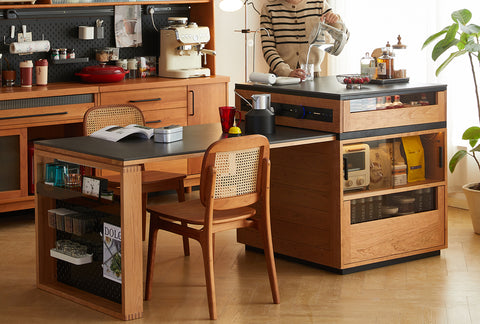
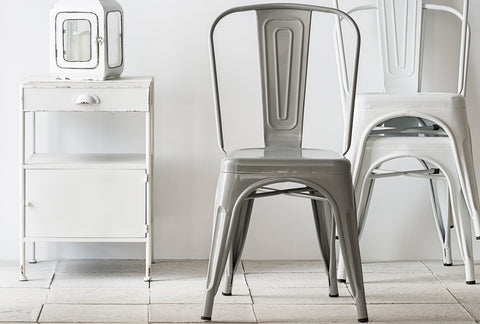
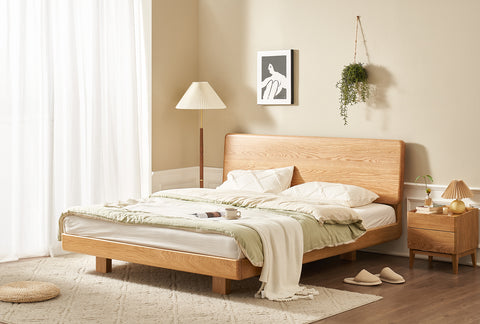
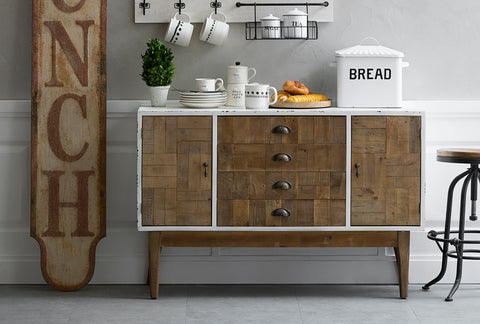




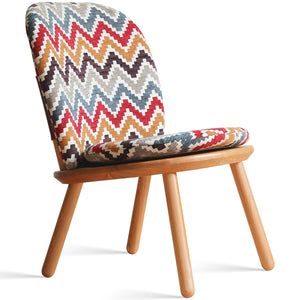
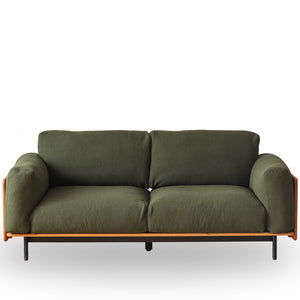

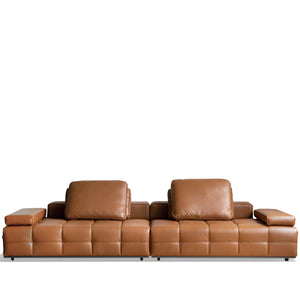


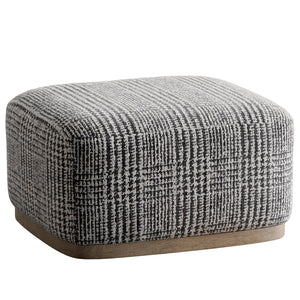

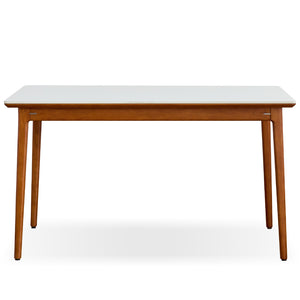
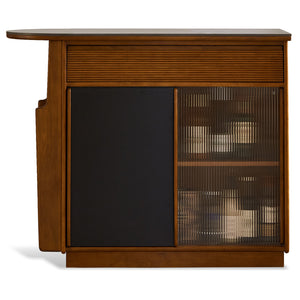
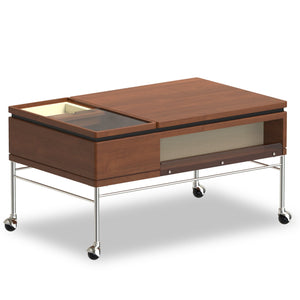
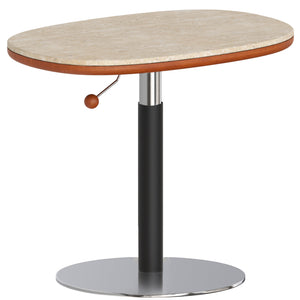
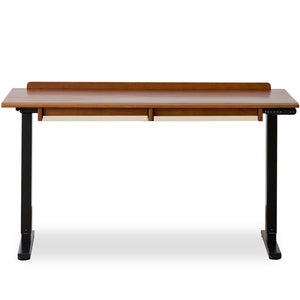
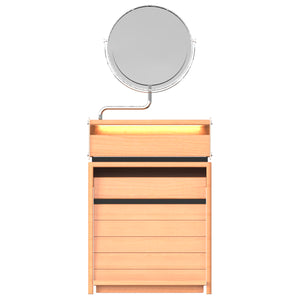

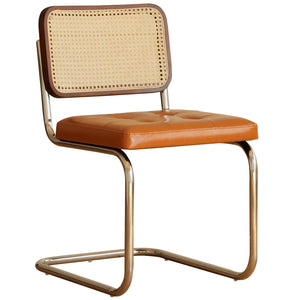
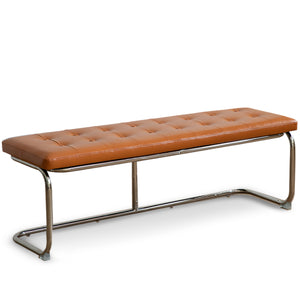
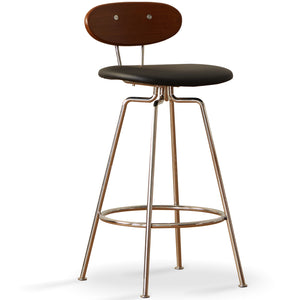



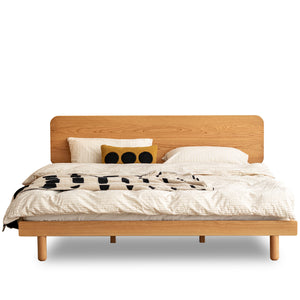


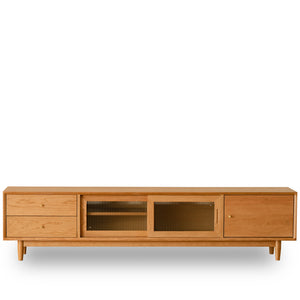
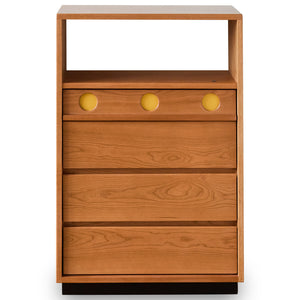
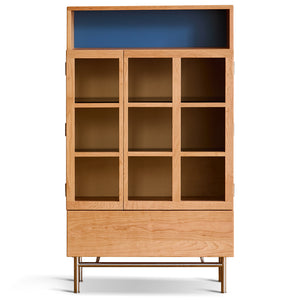
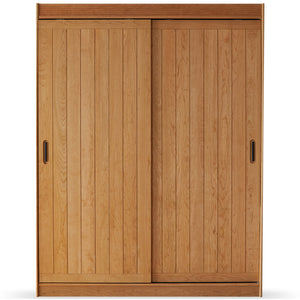
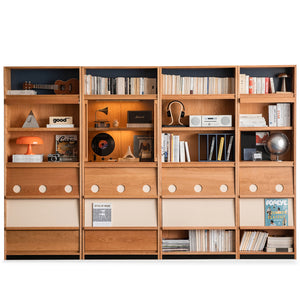


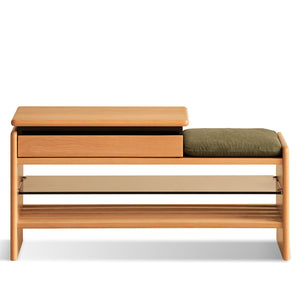
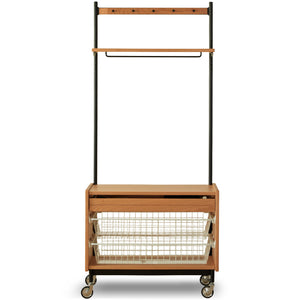





























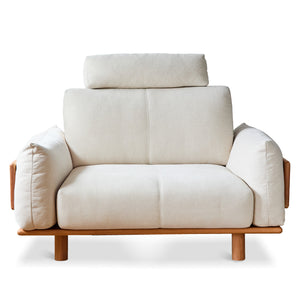




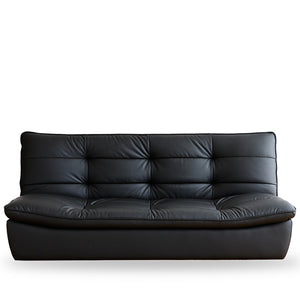
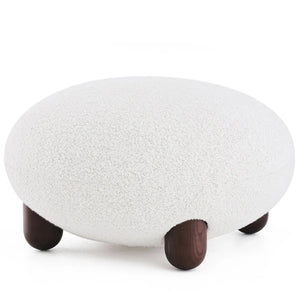

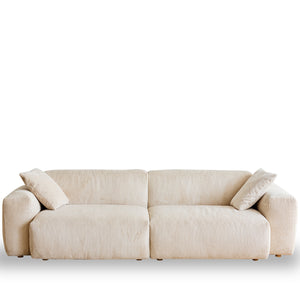

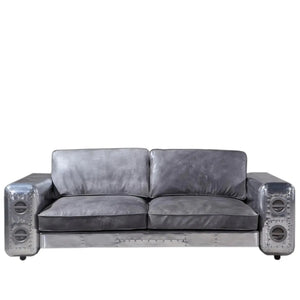


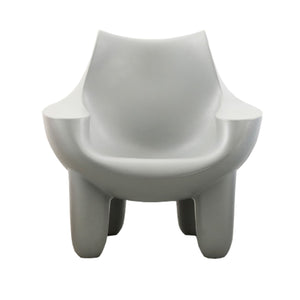


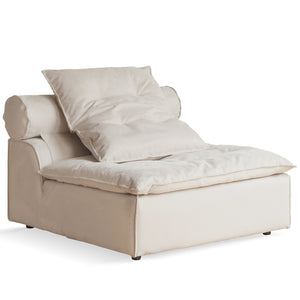

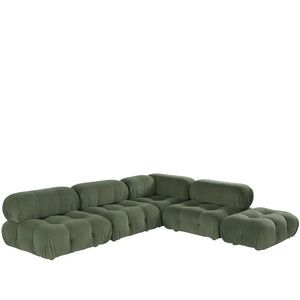
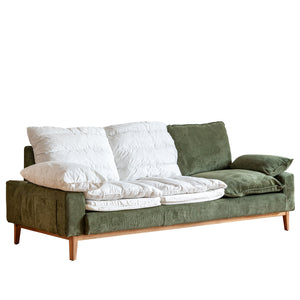




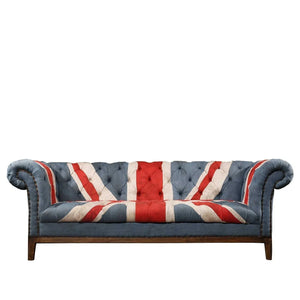
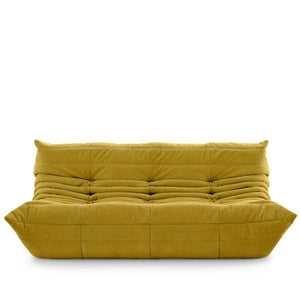


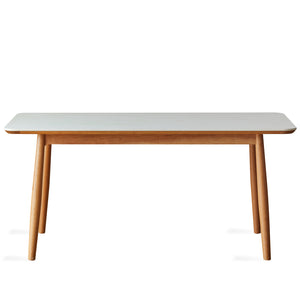
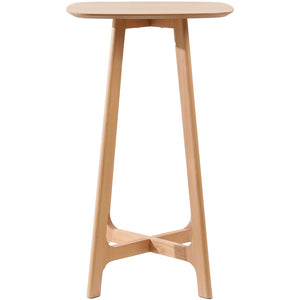
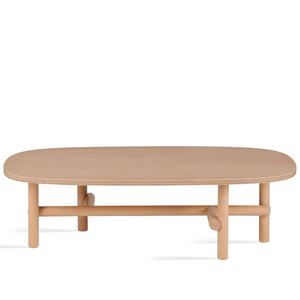
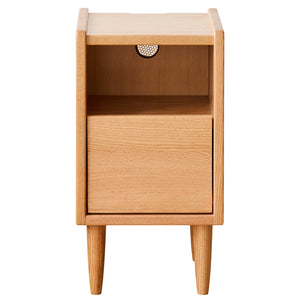
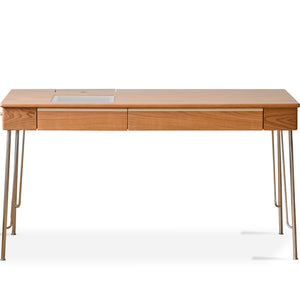
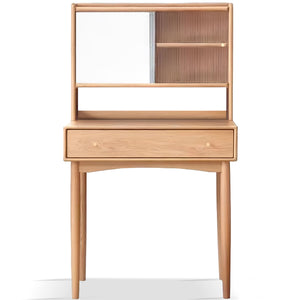
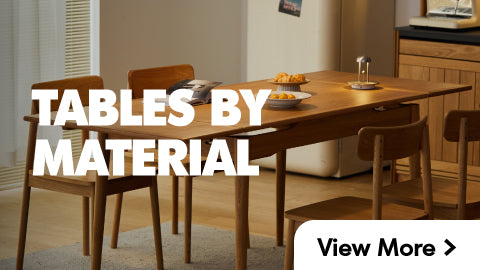
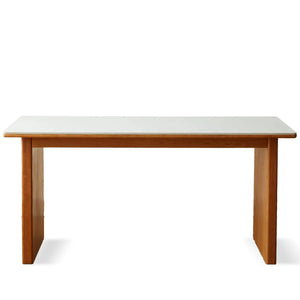
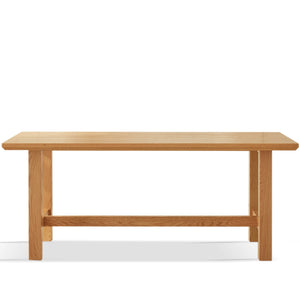
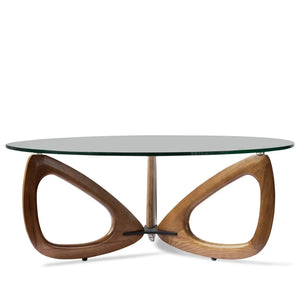
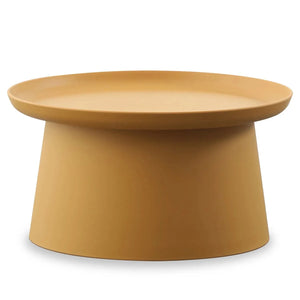

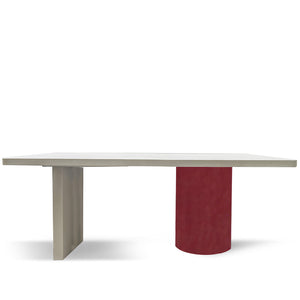

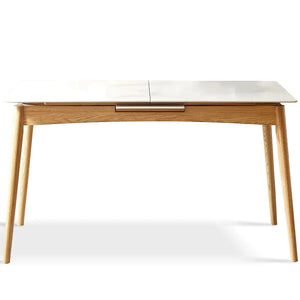
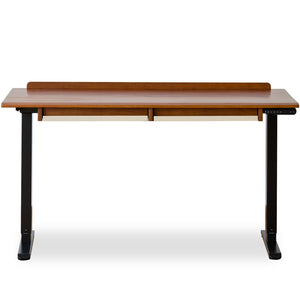
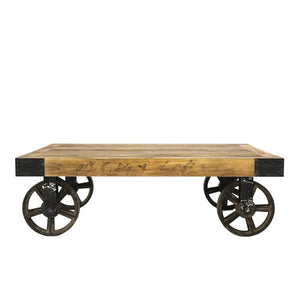

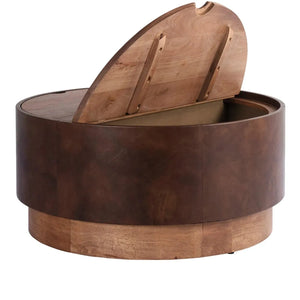

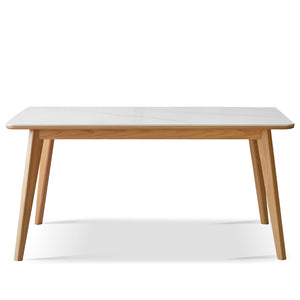

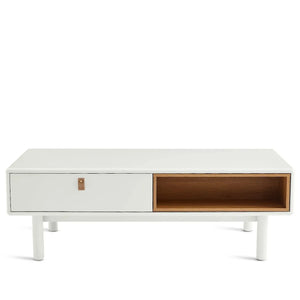
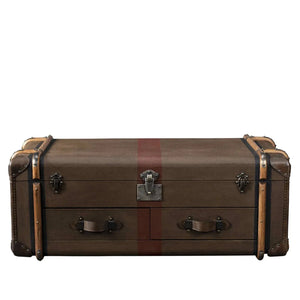
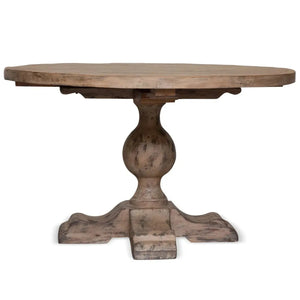
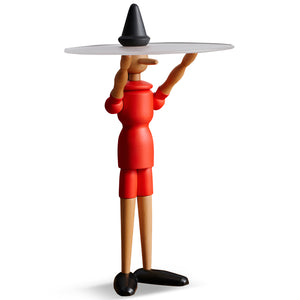

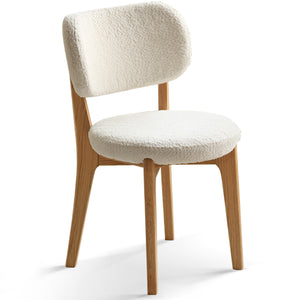
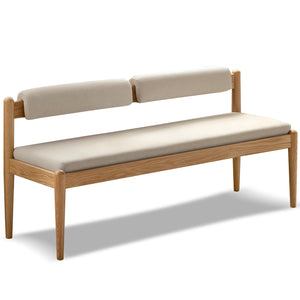
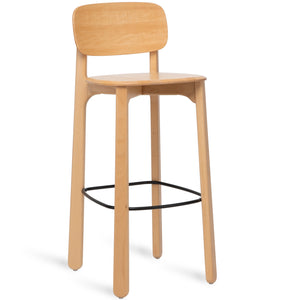
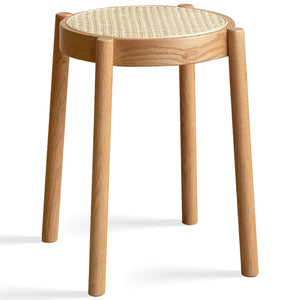
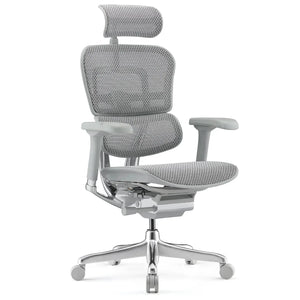

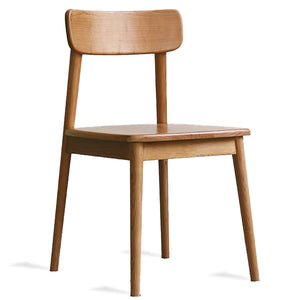
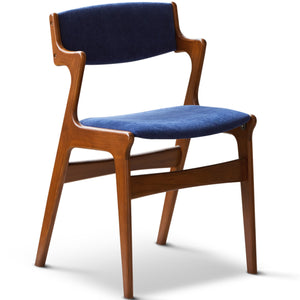
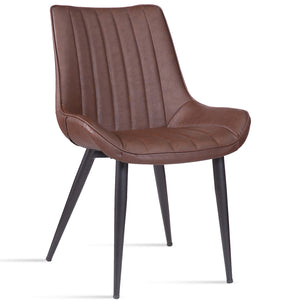
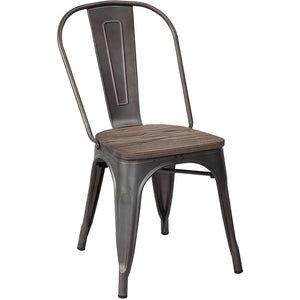
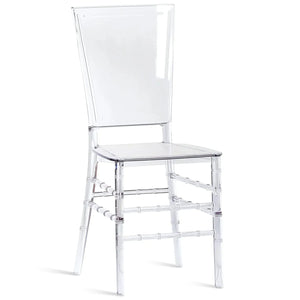
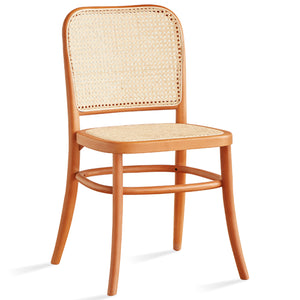

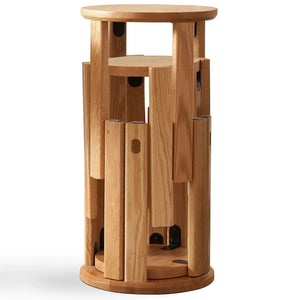

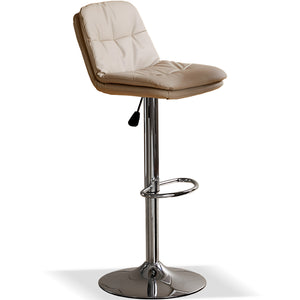
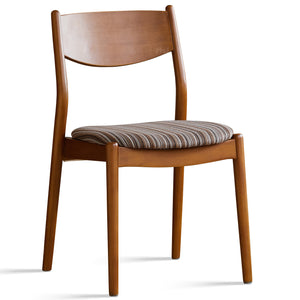
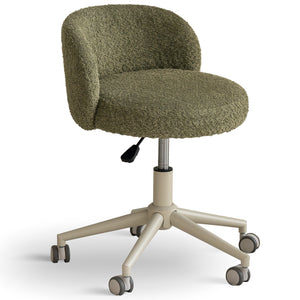


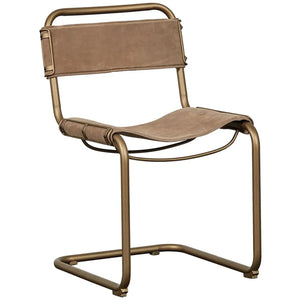
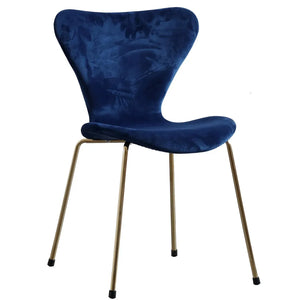
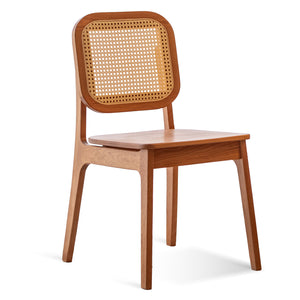
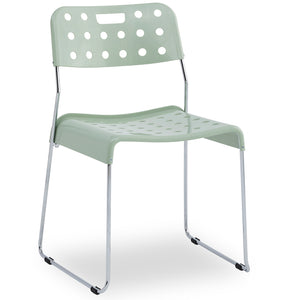





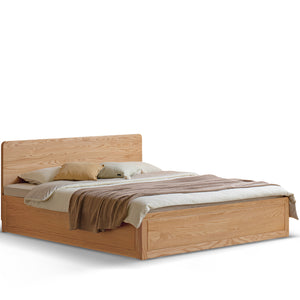
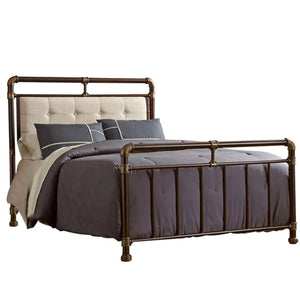
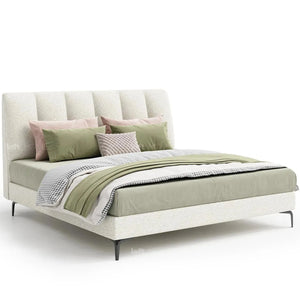

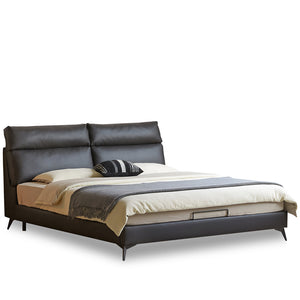
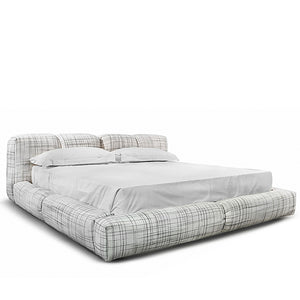

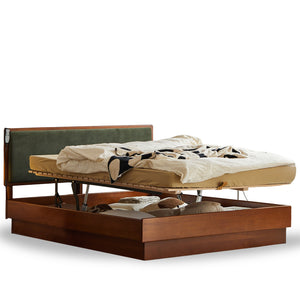


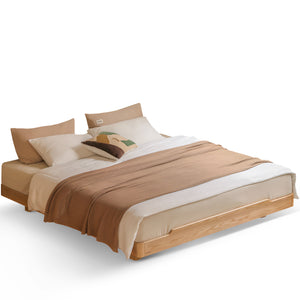
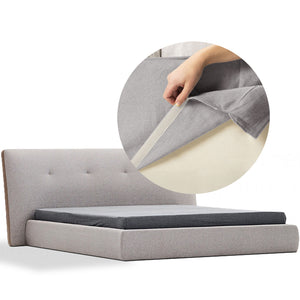
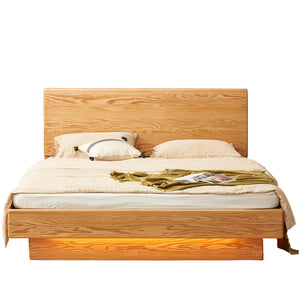

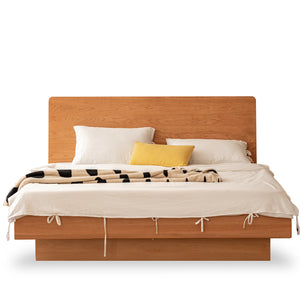
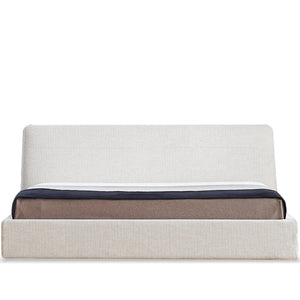
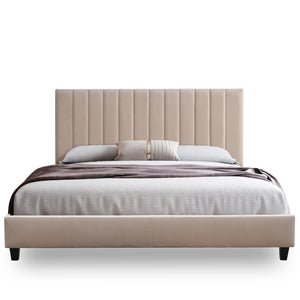
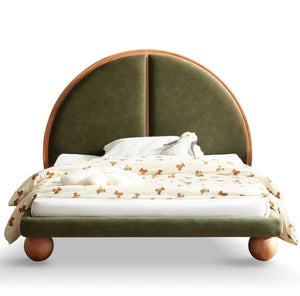
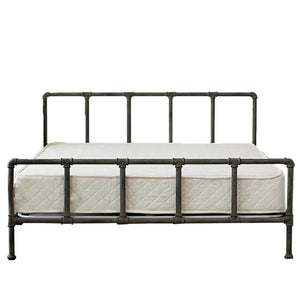

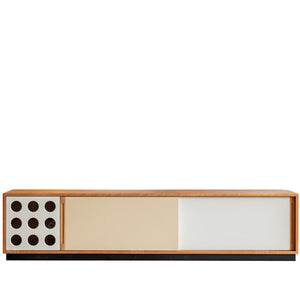

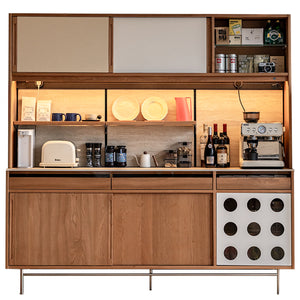
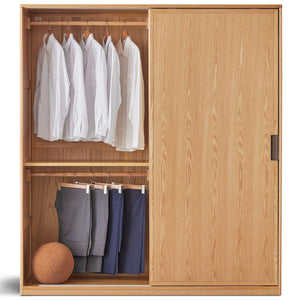
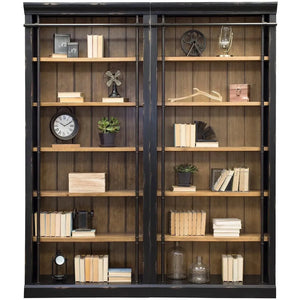
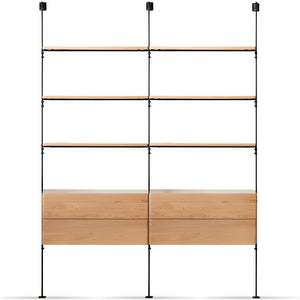
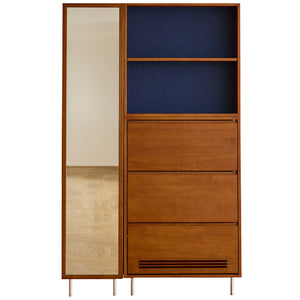

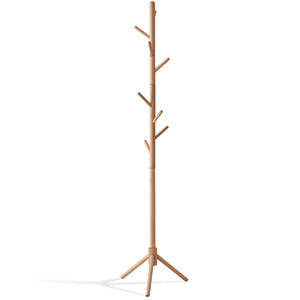

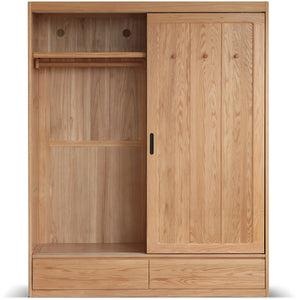
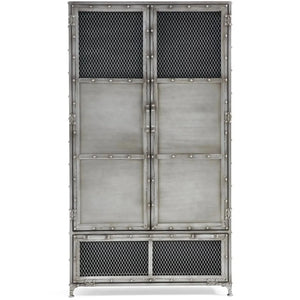
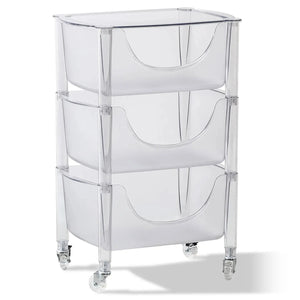
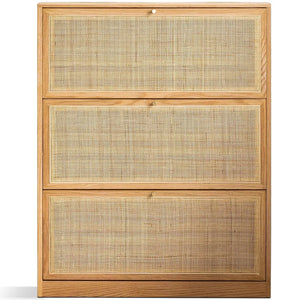
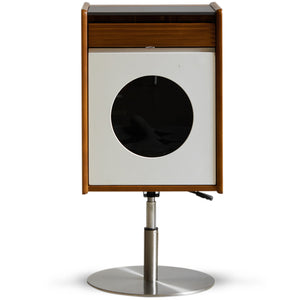
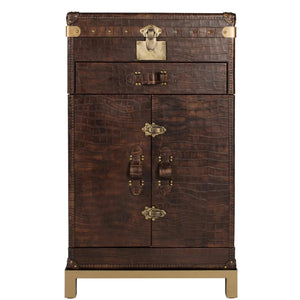

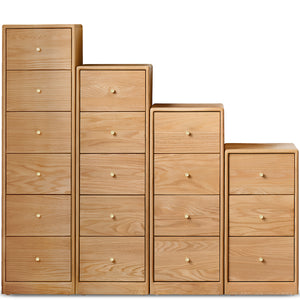
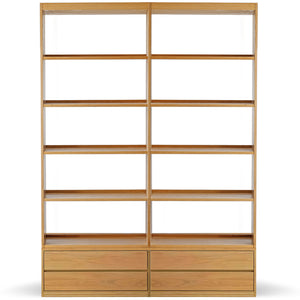
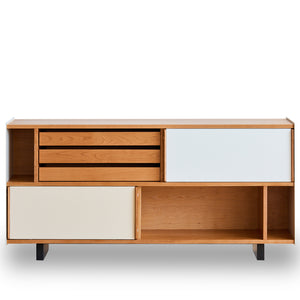
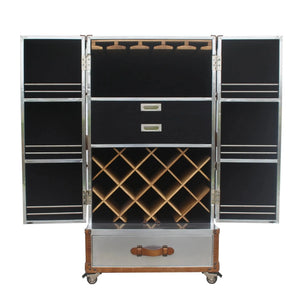
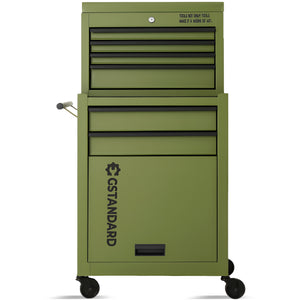


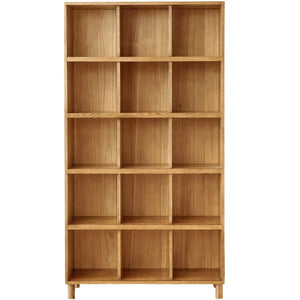

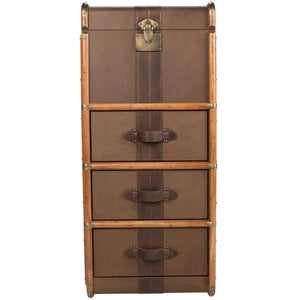
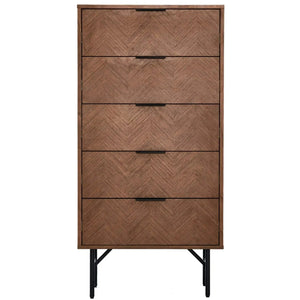
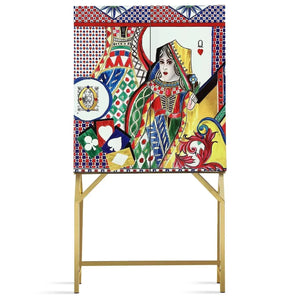
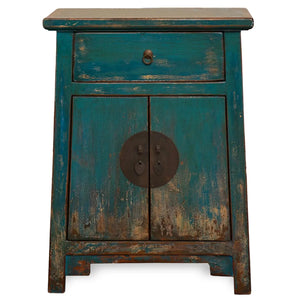



























































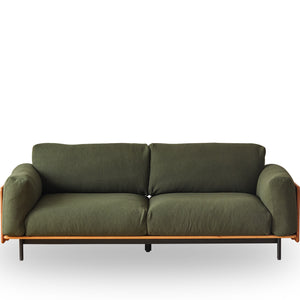
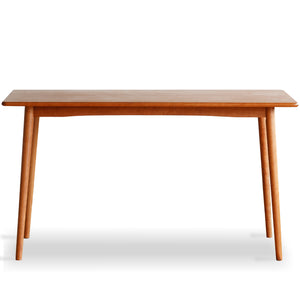
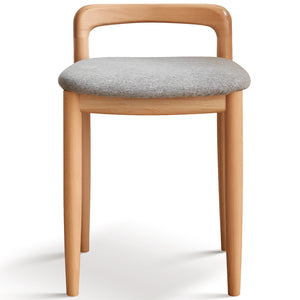
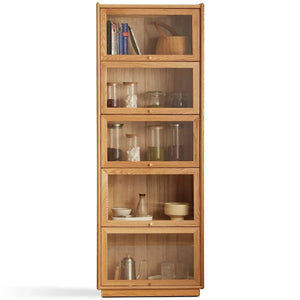
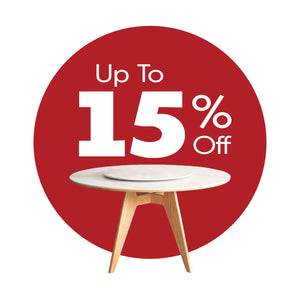





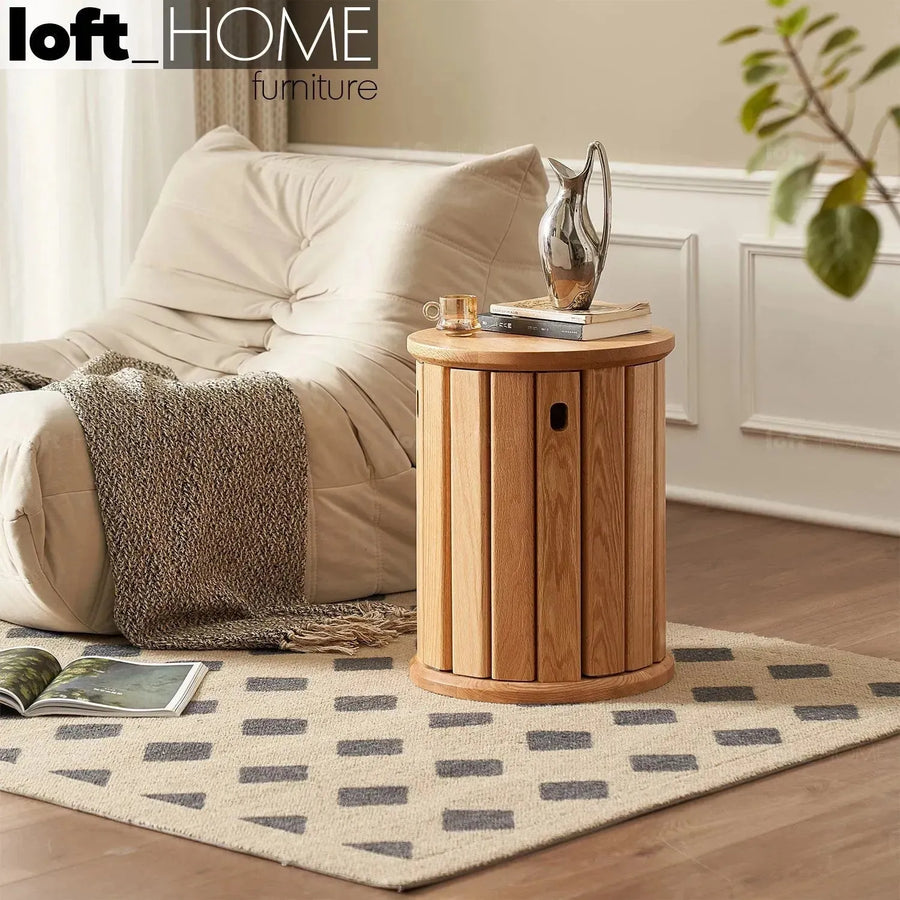
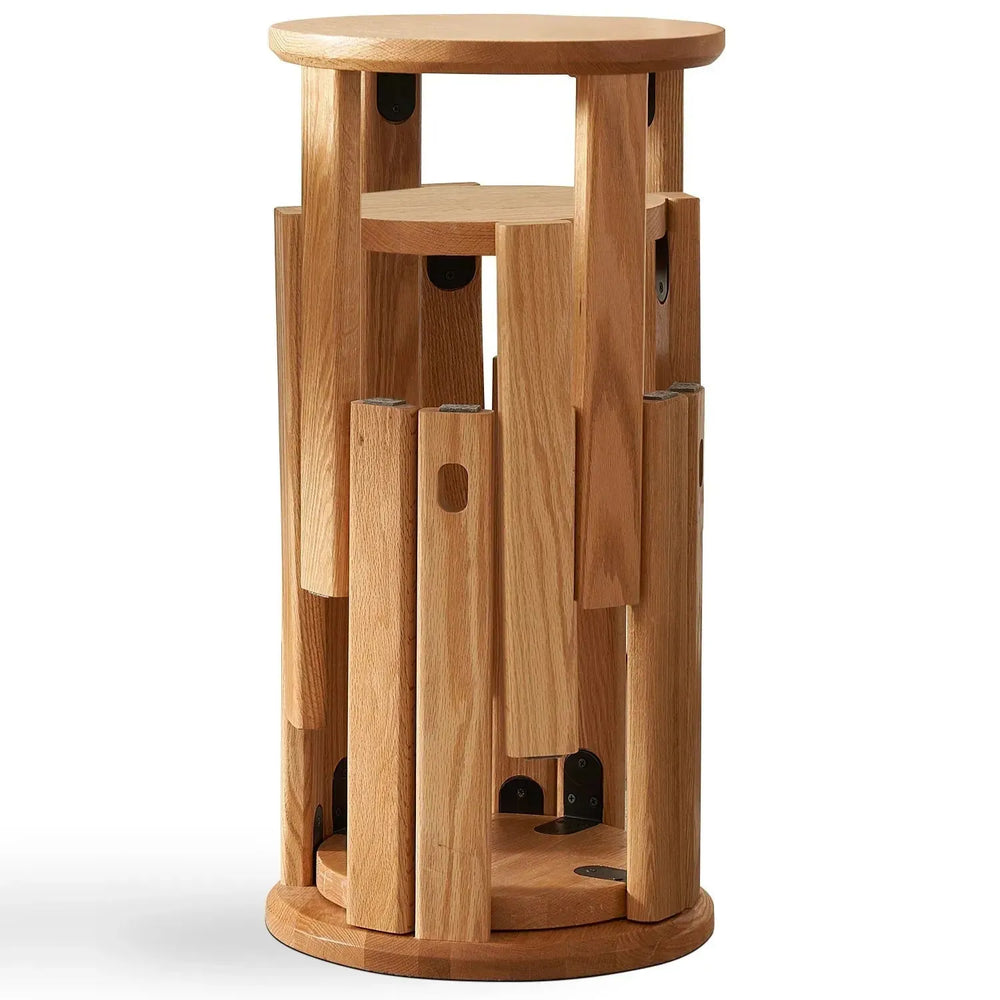



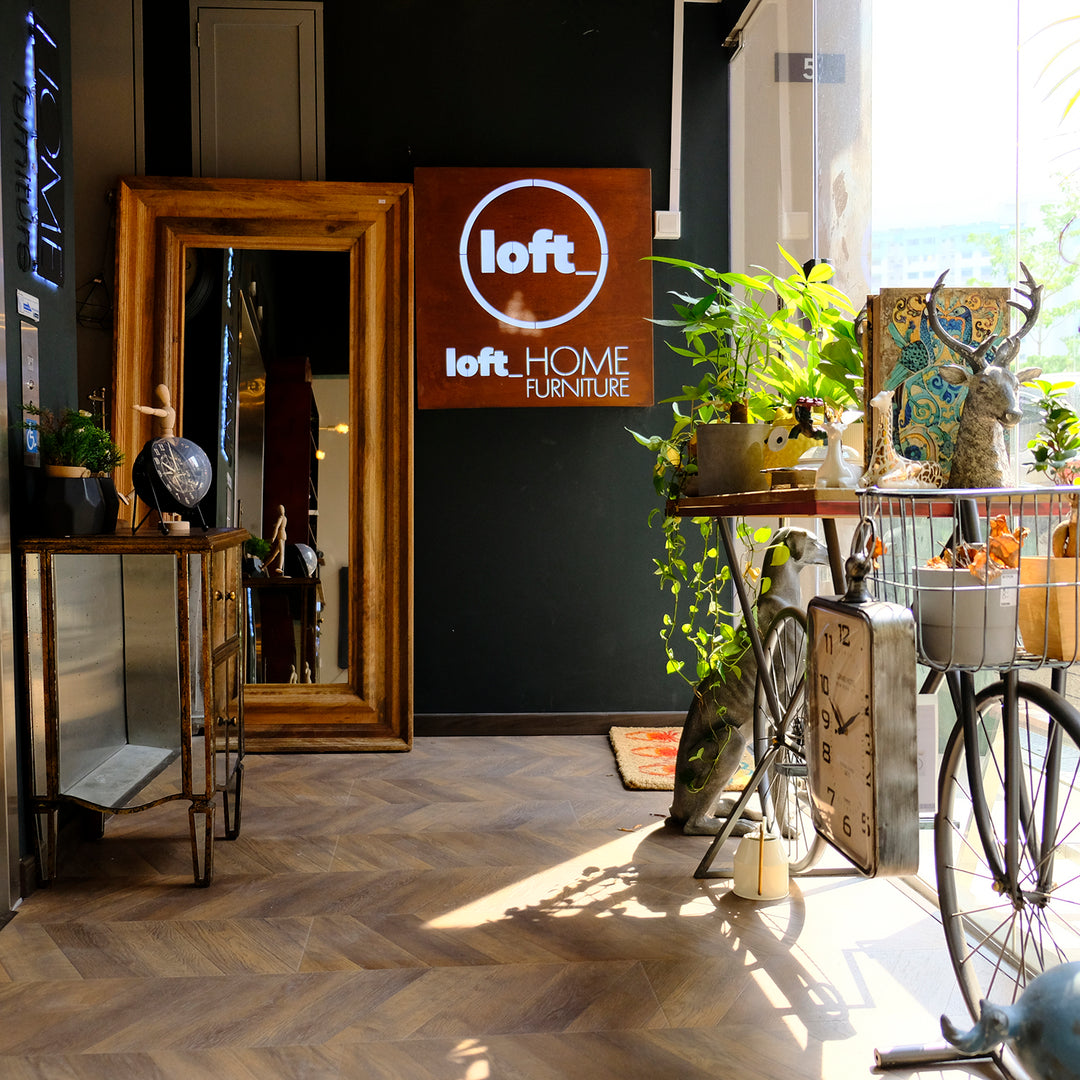
Leave a comment